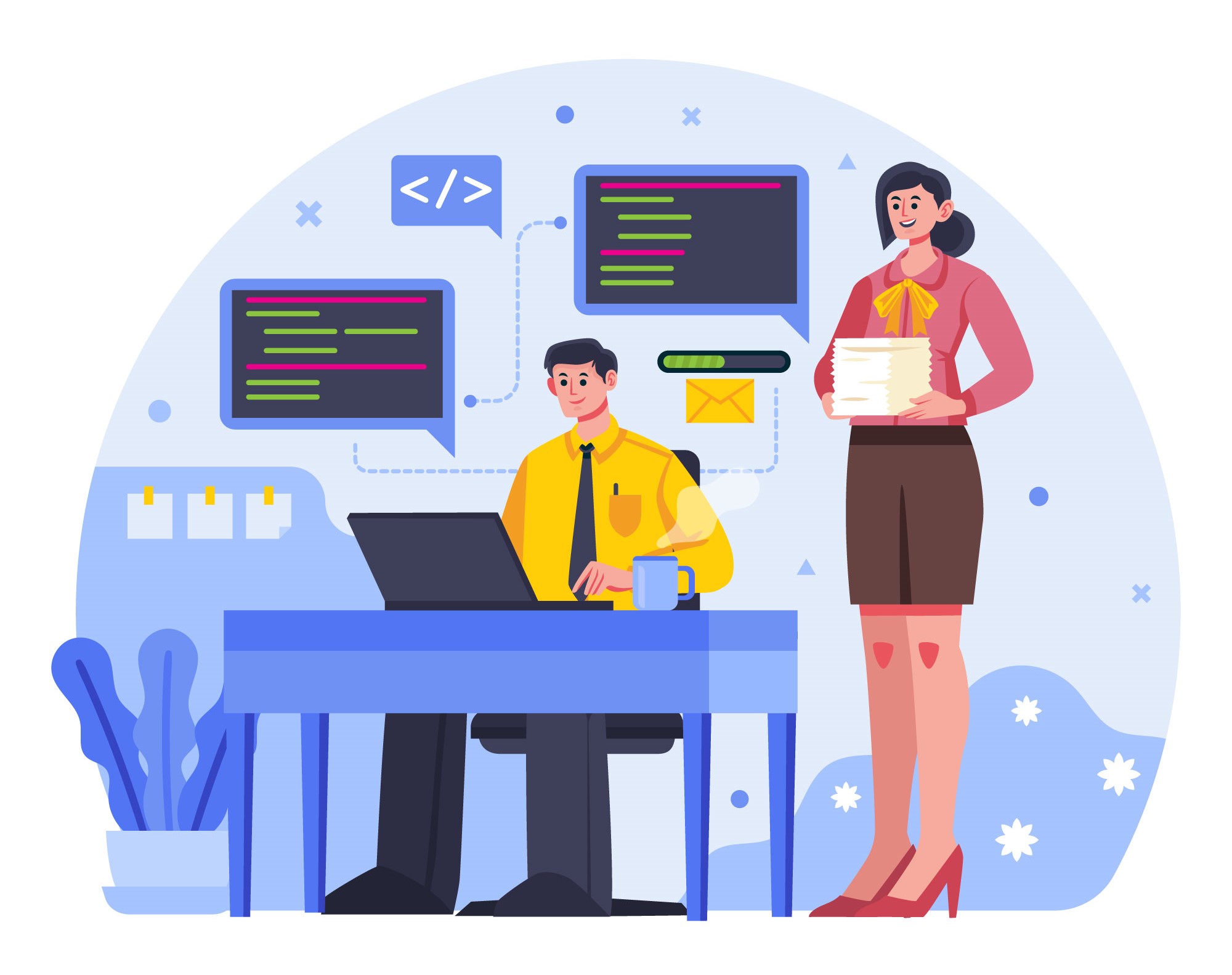
In the ever-growing Android app market, developing a high-performance app is critical to standing out from the competition and keeping users engaged. A seamless experience, fast performance, and intuitive features are essential for retaining users and ensuring success. If you’re looking to create an Android app that delivers exceptional performance, there are several key practices and strategies that top developers recommend. Whether you’re working on the app yourself or planning to hire Android developers, these expert tips will guide you through the process.
1. Optimize for Speed and Efficiency
The cornerstone of any high-performance Android app is speed. Users expect apps to load quickly and perform tasks without delays, so optimizing the app’s speed is paramount. One of the best ways to ensure this is through efficient resource management. Minimize the app’s memory usage by unloading unused resources and avoiding unnecessary memory allocations.
2. Optimize Battery Usage
Battery consumption is one of the most common concerns for mobile users. A high-performance Android app needs to be optimized to use as little battery power as possible while still offering a feature-rich experience. This is especially crucial for apps that require continuous background activity, such as fitness trackers or messaging apps.
3. Minimize Network Requests
For most apps, network calls to retrieve data are unavoidable, but optimizing these calls is key to maintaining high performance. Excessive network requests can slow down your app, so it’s important to reduce them to the minimum required for proper functionality.
4. Efficient UI Design and Responsiveness
A well-designed user interface (UI) that responds smoothly to touch inputs is vital for app performance. The UI should be both attractive and functional, ensuring that it is responsive to user actions without lags or stuttering.
To build a responsive UI, focus on optimizing layouts by using ConstraintLayout, which allows for complex layouts without negatively affecting performance. Avoid nested layouts as they can increase the rendering time, and instead, aim for flat view hierarchies to speed up the drawing process. Additionally, ensure that your app scales properly across various screen sizes and orientations by using responsive design techniques.
5. Implement Error Handling and Debugging
Even the best apps can run into bugs and errors that impact performance. A crucial part of building a high-performance app is proper error handling and debugging. Developers should use Crashlytics for real-time crash reporting and logs to identify and fix issues swiftly.
Use profiling tools like Android’s Profiler to monitor CPU usage, memory, and network activity. These tools will help you pinpoint areas where your app can be optimized and identify any performance bottlenecks. Regularly test your app on various devices to ensure consistency in performance.
Conclusion
Building a high-performance Android app requires attention to detail, from optimizing speed and battery usage to enhancing the UI and ensuring seamless functionality. By following expert tips and best practices, you can create an app that offers an exceptional user experience. Whether you choose to handle development in-house or hire Android developers, make sure your team has the skills and expertise to deliver a fast, responsive, and secure app that meets users’ expectations. With the right approach, your app will be poised for success in the competitive Android app market.